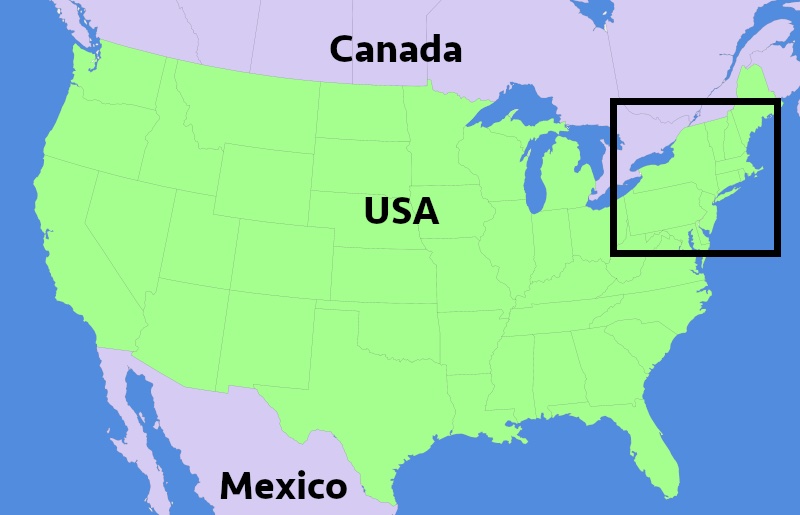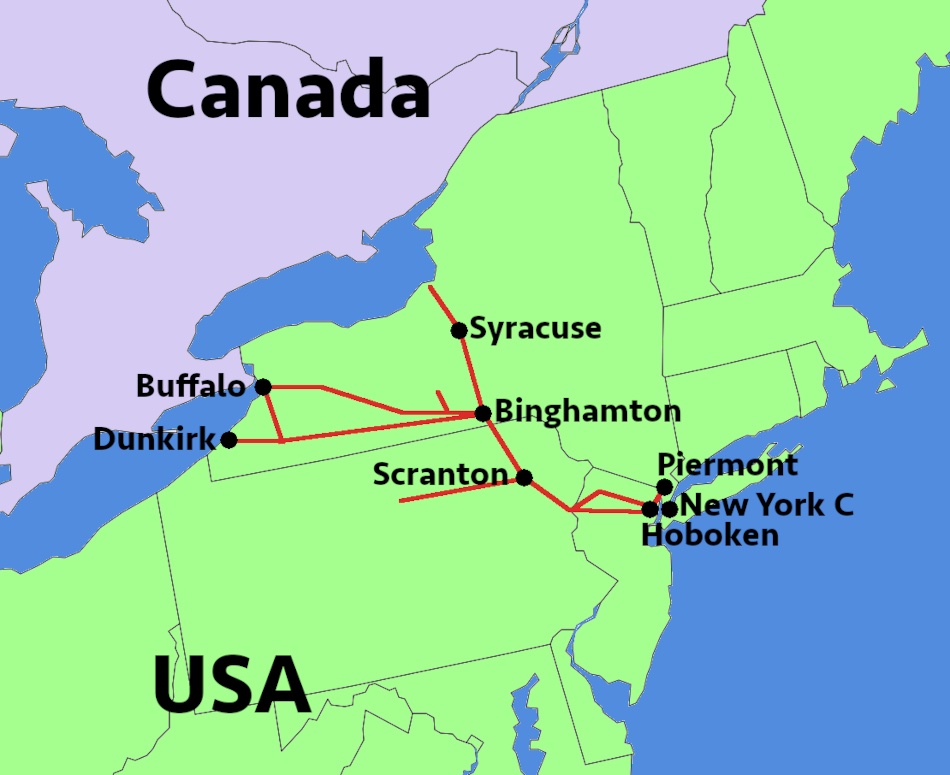General
1832-1960: Erie
In 1832 the New York and Erie Railroad was founded to operate a railway between Lake Erie at Dunkirk in Western New York and the Hudson River at Piermont in the South East of New York. Building of the line started in 1836. Five years later trains started running, although the line wasn't finished. The railway reached Binghamton in New York in 1848 and construction was completed in 1851.
Tracks were broad-gauge preventing connections to other railway lines. The large costs of building the railway led to extensive debts and eventually the company's bankruptcy in 1861.
Operation was taken over by Erie Railway. A very notable part of this company's history is a conflict between several financiers for control of the company, known as the Erie War. One group of financiers swindled the other financier and committed fraud, embezzlement and corruption. This also caused mismanagement of the Erie Railway.
To enable connections to other railroads Erie Railway first introduced cars that could run on standard gauge and broad gauge. Later, beginning in 1876, the line was converted to standard gauge by adding a third rail. The cost of this conversion and the mismanagement of the company led to bankruptcy in 1878.
Erie Railway was sold and renamed New York, Lake Erie and Western Railroad. Conversion of the railway to standard gauge was completed in 1880. Once again, the company bankrupted. This time in 1893.
Two years later, in 1895, the company continued as Erie Railway. In 1938 the company bankrupted again, but continued operation after a reorganisation. The large losses of the company's income in the late 1950's led to a merger with the Delaware, Lackawanna and Western Railroad.
1851-1960: Lackawanna
A competing railway in the Northeastern United States, the Delaware, Lackawanna and Western Railroad also just known as Lackawanna Railroad, was formed in 1851. Originally the company transported coal from the Lackawanna River valley to Hoboken in New Jersey. Later trains ran between Hoboken in New Jersey, Scranton in Pennsylvania and Binghamton, Syracuse and Buffalo in New York, among other places.
From the 1940's the company was in financial dire straits. Coal lost it's importance as a fuel. Other cargo also declined due a change of economic activities in the region. In 1955 a hurricane led to destroyed infrastructure, resulting in loss of revenue and extra costs. Trying to avoid bankruptcy, Lackawanna Railroad attempted to merge with several different railway companies. Eventually Erie Railway agreed with a merger.
1960-1976: Erie and Lackawanna
The Erie Lackawanna Railroad Company was formed in 1960 after a merger of the Erie Railroad and the Lackawanna Railroad. Eight years later the company was renamed Erie Lackawanna Railway when it was bought by the Norfolk and Western Railway.
The Erie Lackawanna Railway was bankrupted in 1972, largely due to the aftermath of another hurricane. Infrastructure was damaged, which led again to rising costs and loss of revenue. Four years later, in 1976, Erie Lackawanna Railway was sold to the US government. Together with a number of other companies Consolidated Rail Corporation or Conrail was formed.
Tickets: Erie Railroad Company
These tickets were issued in 1962 and 1963. At that point the Erie Railroad Company did not exist anymore. It is likely that the Erie Lackawanna Railroad Company just used old stocks of tickets.
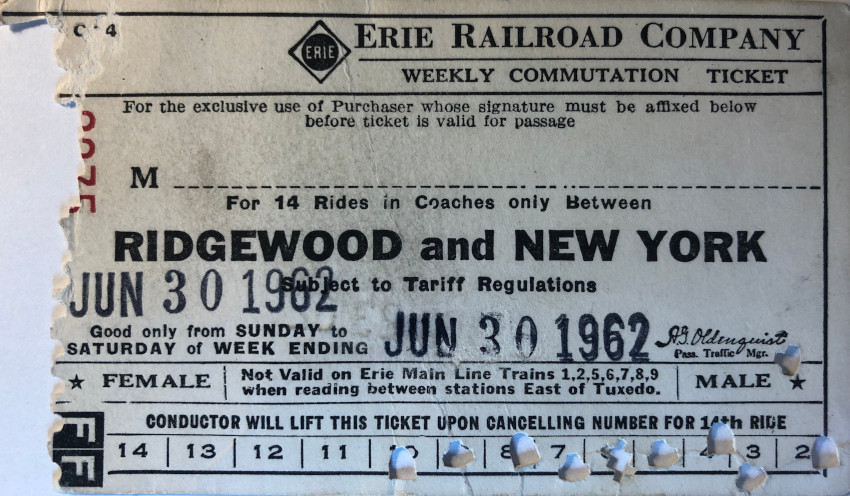
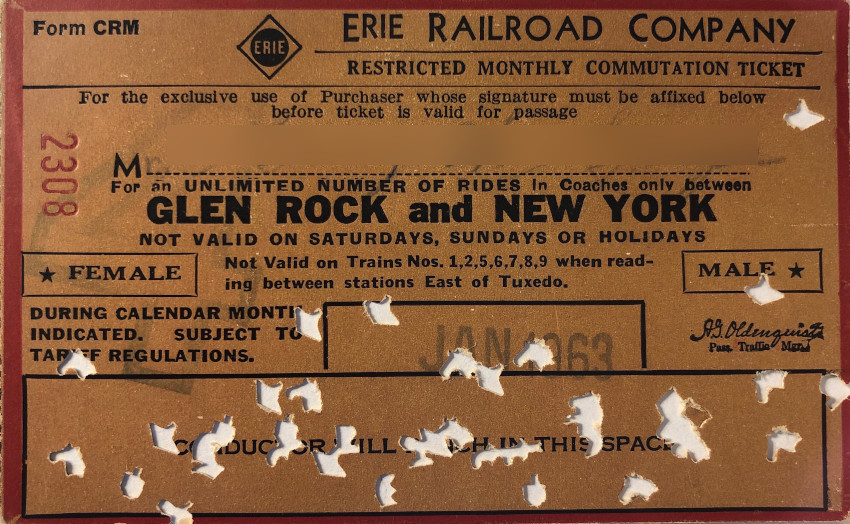
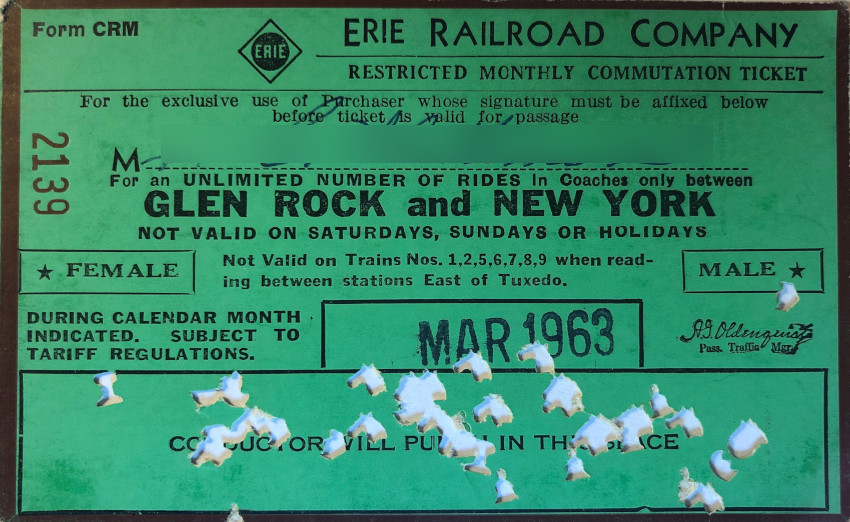
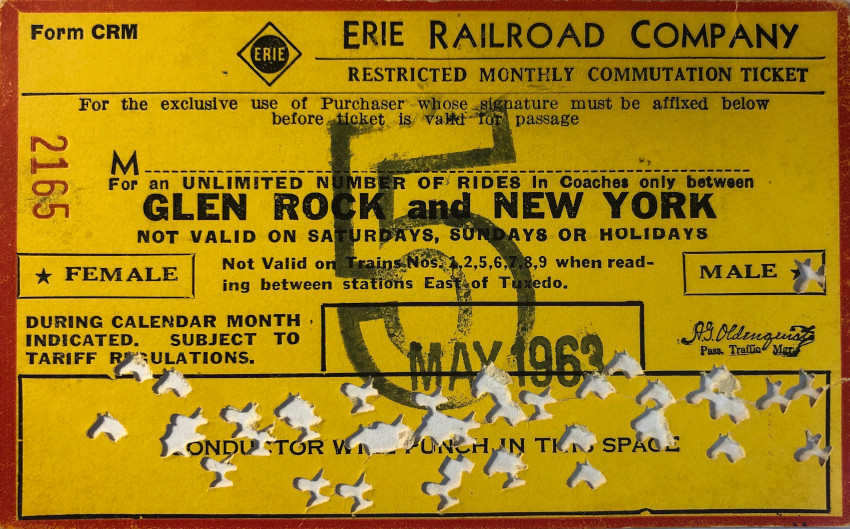
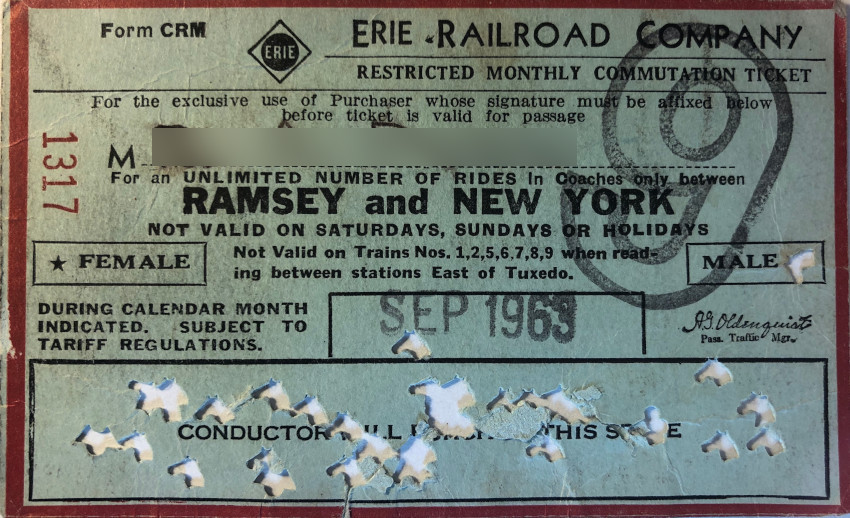
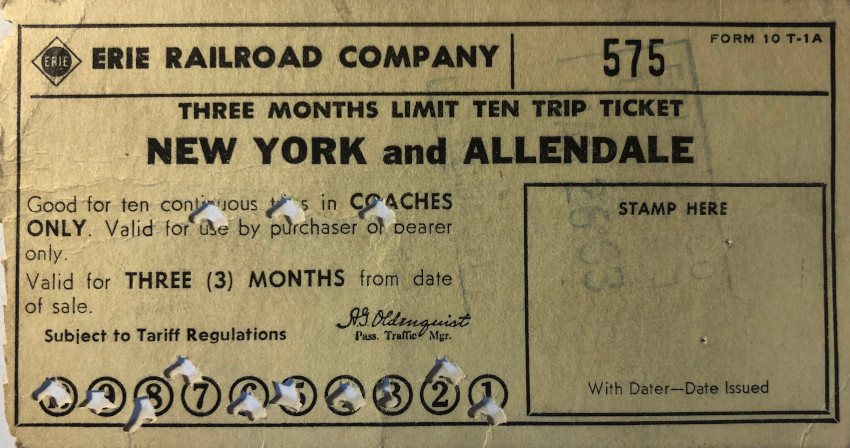
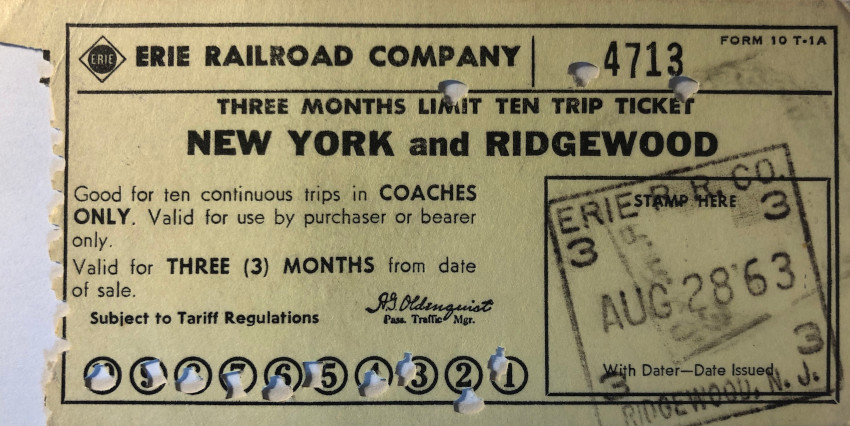
Tickets: Lackawanna Railroad Company
These tickets were issued in 1960 and 1961, so after the merger with Erie Railroad. In this case it is also likely that old tickets were used by the newly formed Erie Lackawanna Railroad Company.
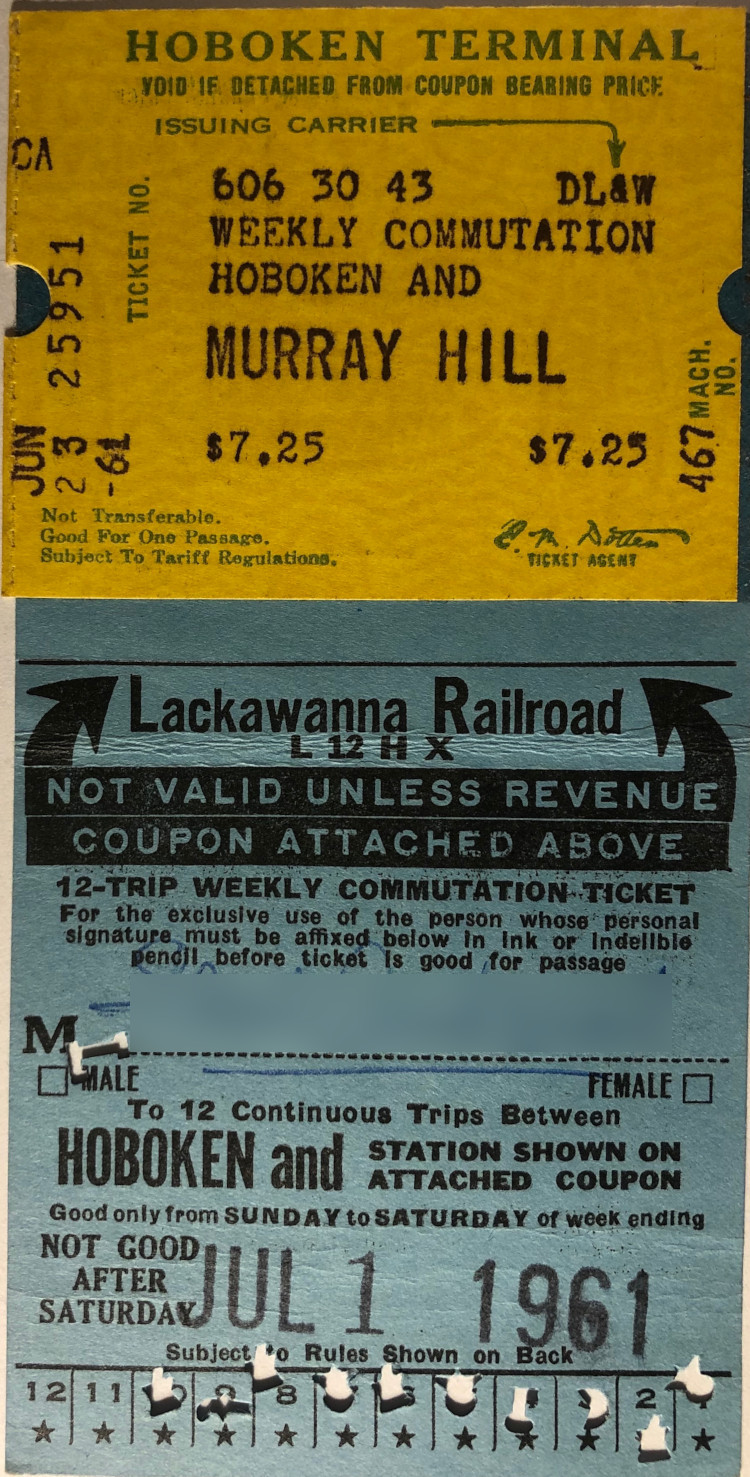
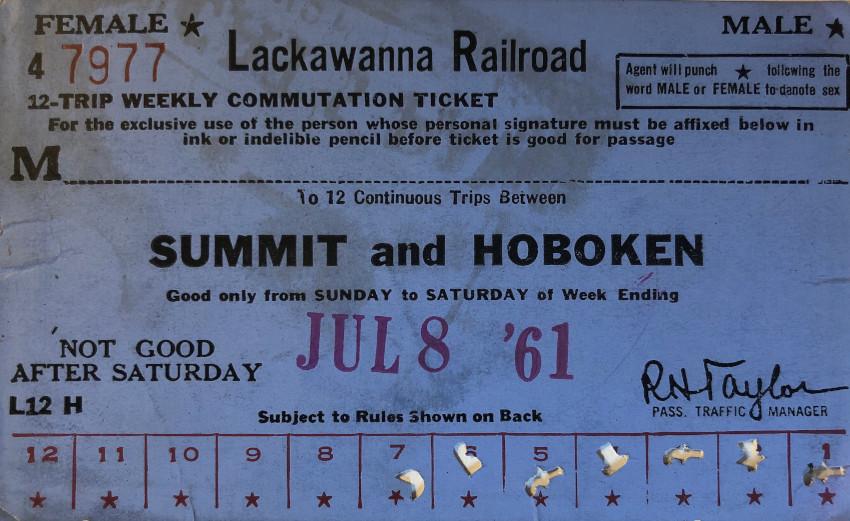
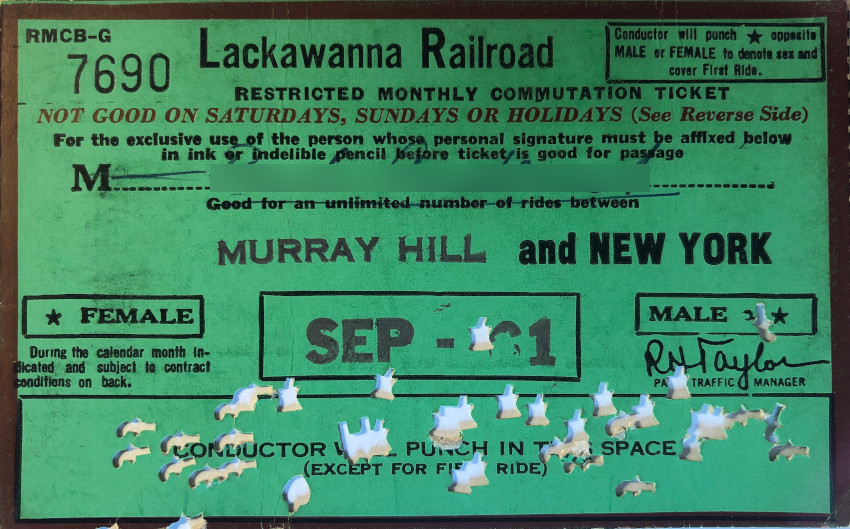
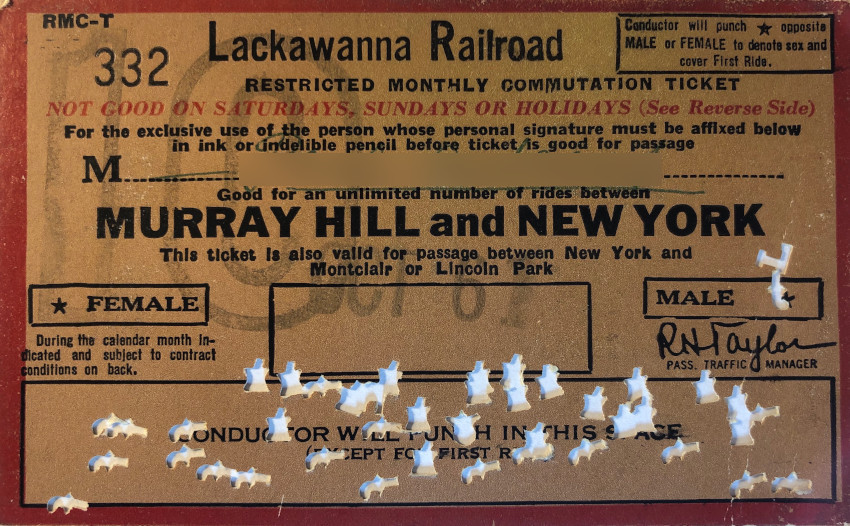
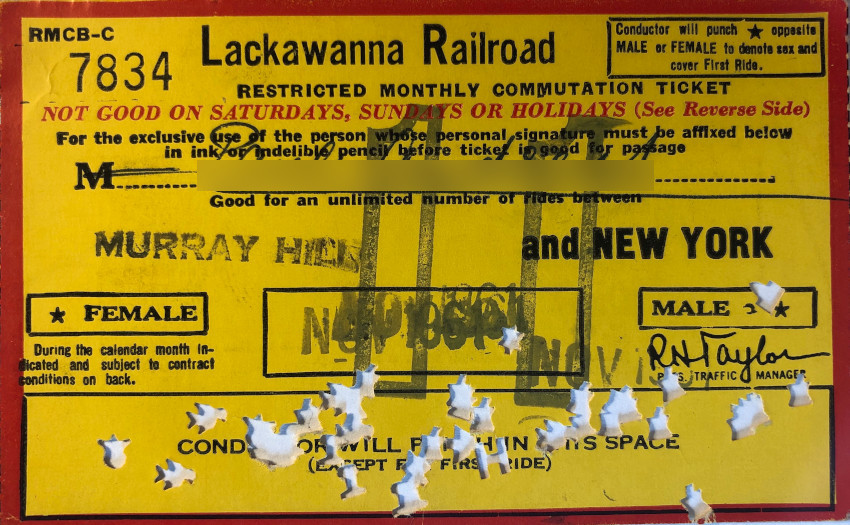
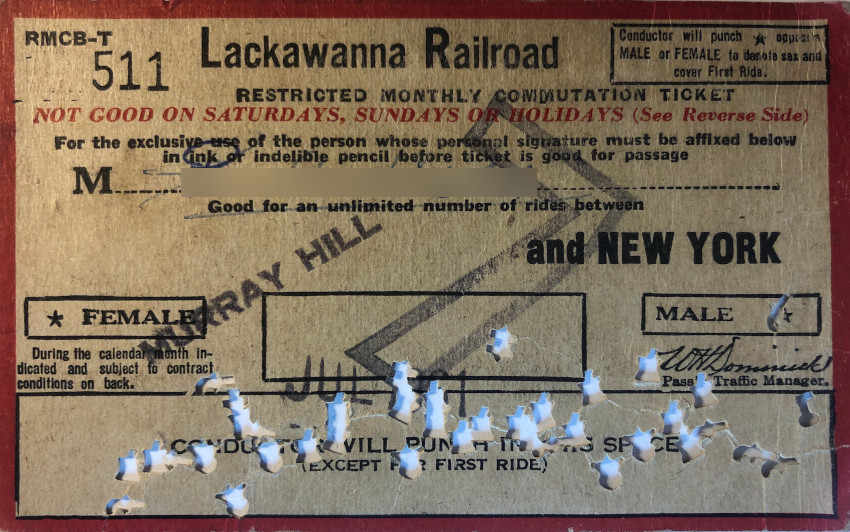
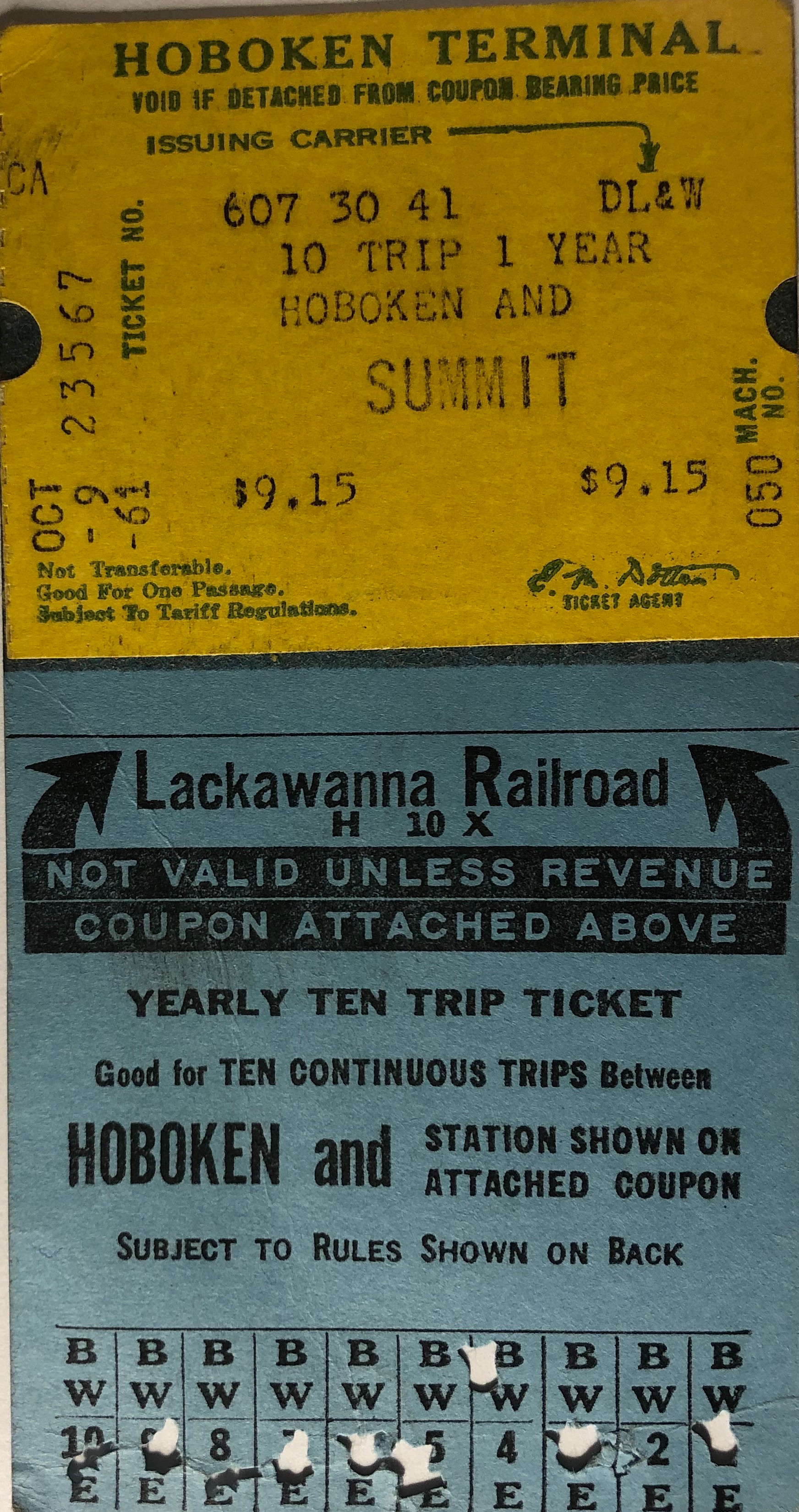
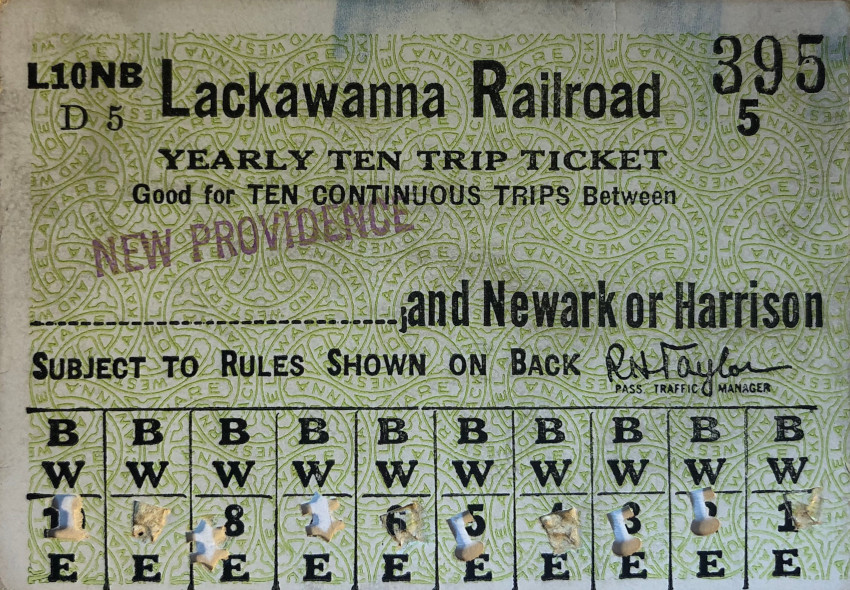
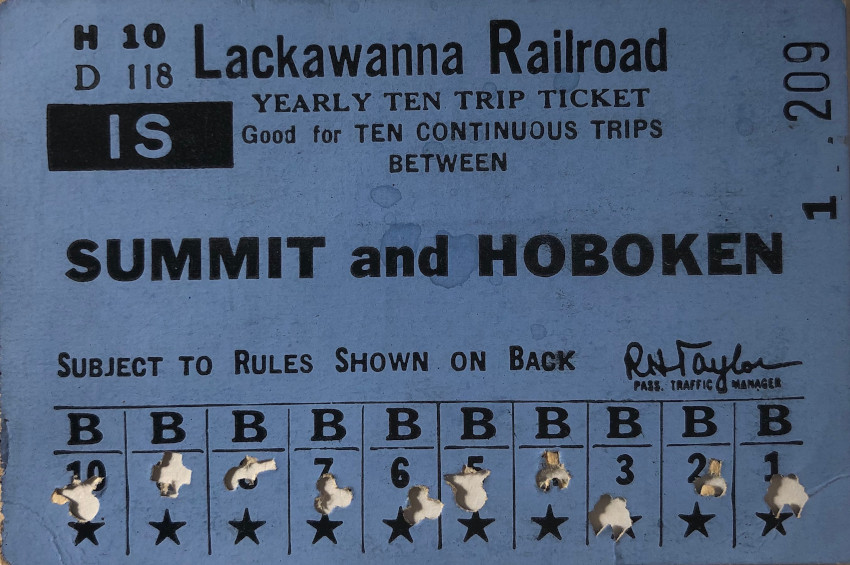
Tickets: Erie Lackawanna Railroad Company
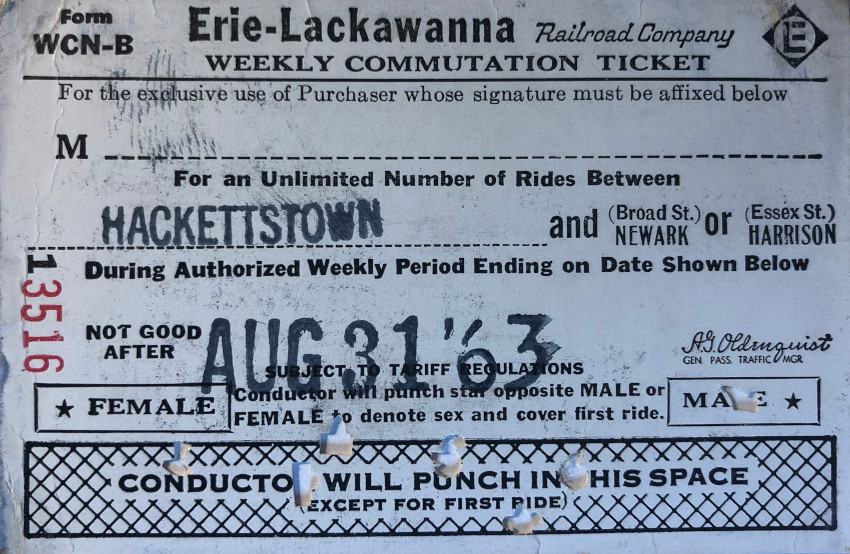
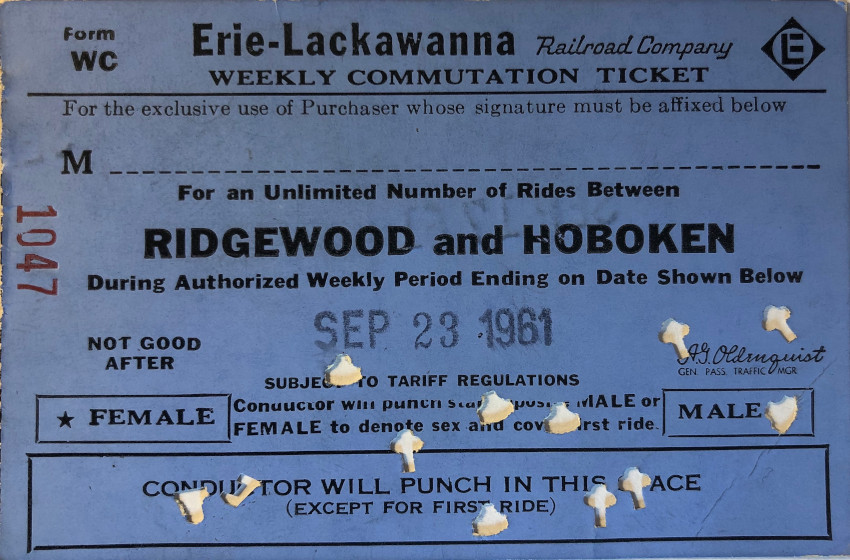
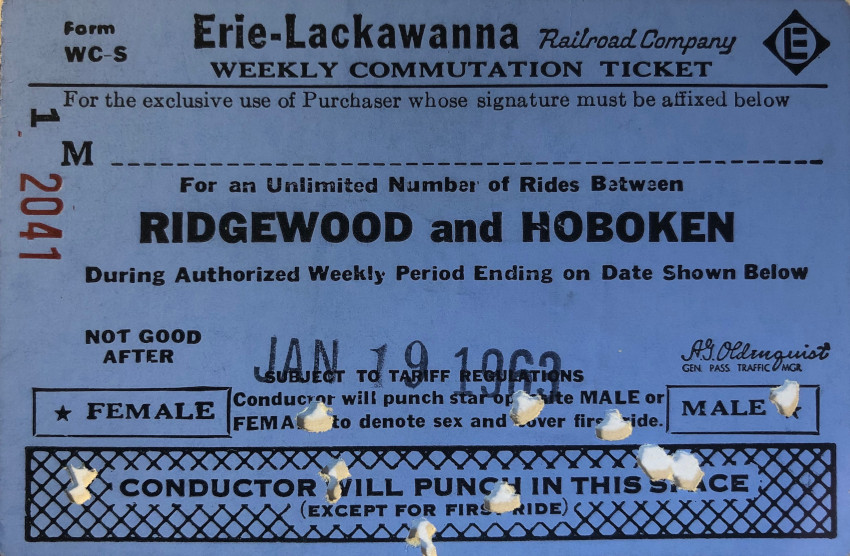
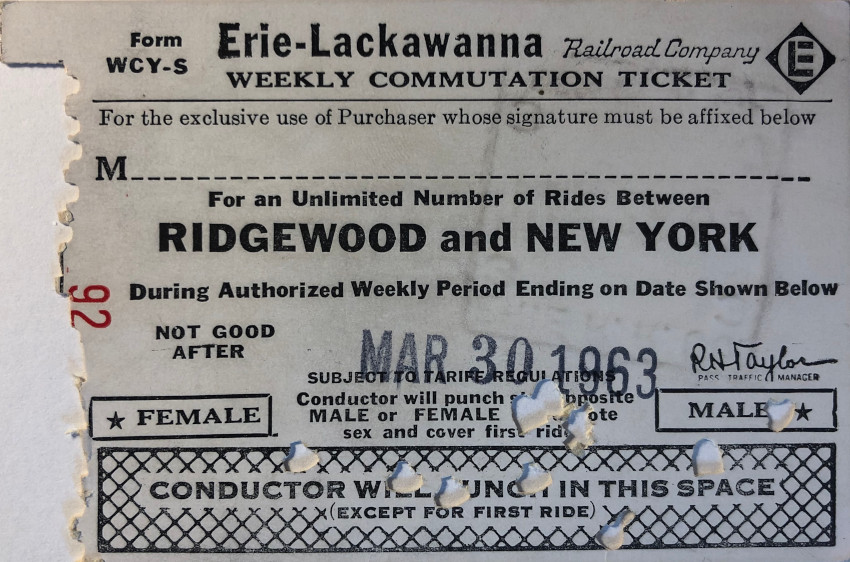
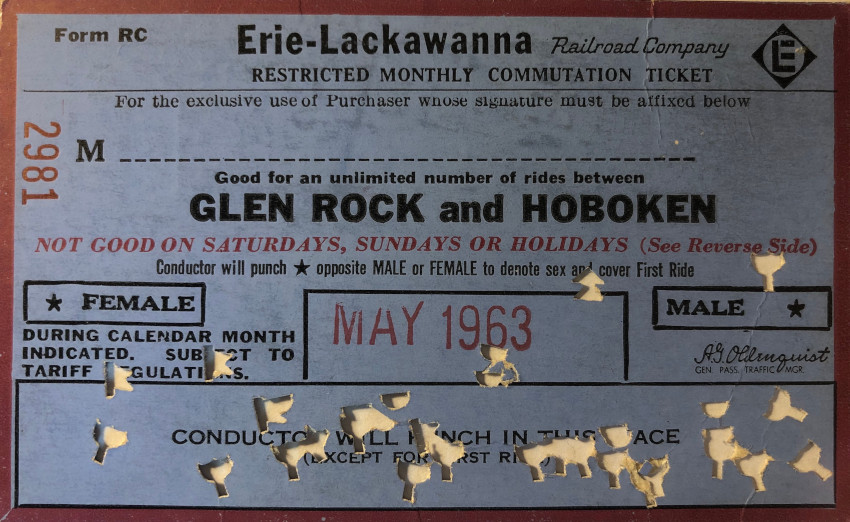
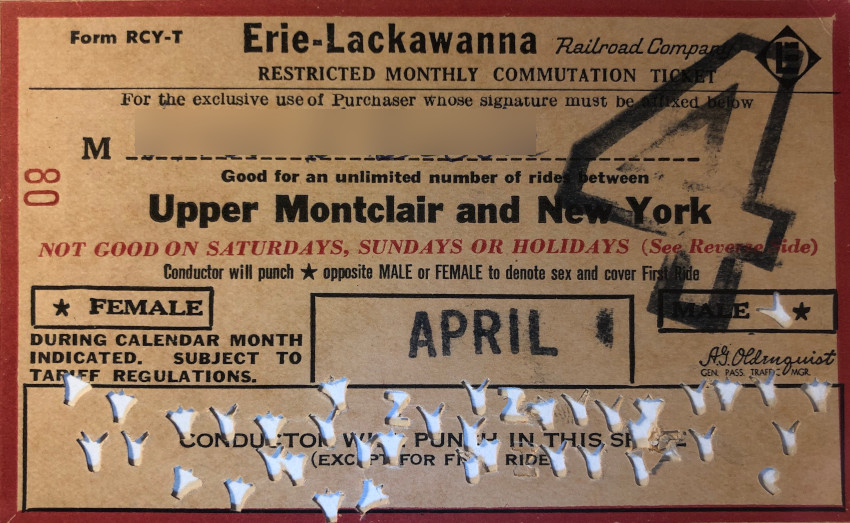
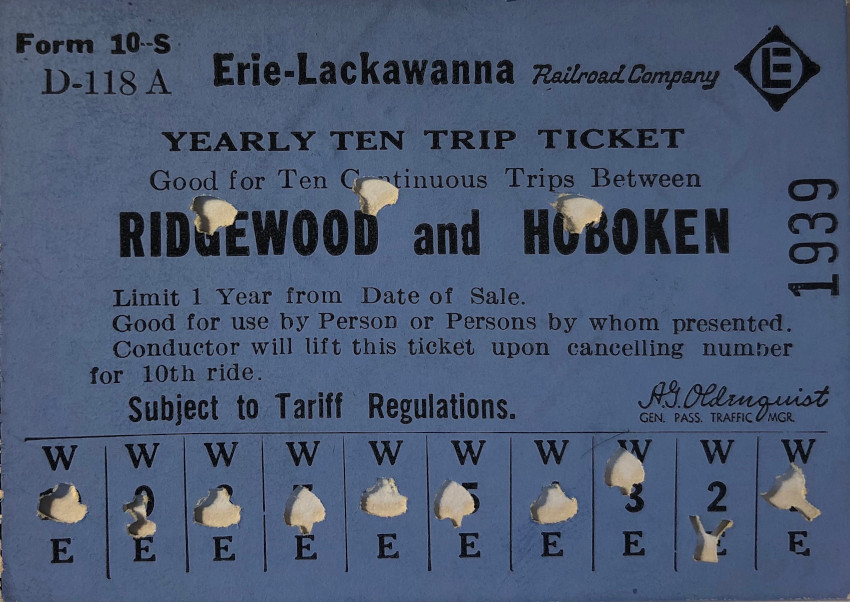
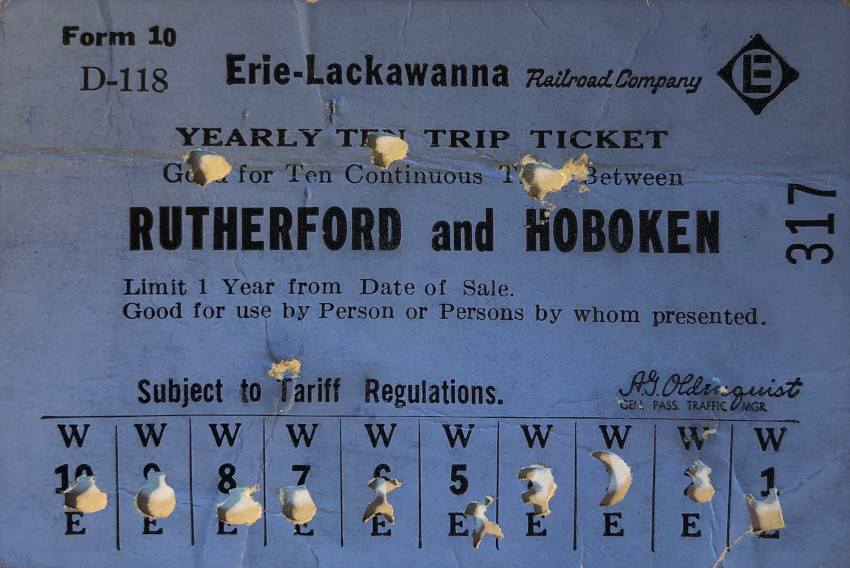
Tickets: Erie Lackawanna Railway Company
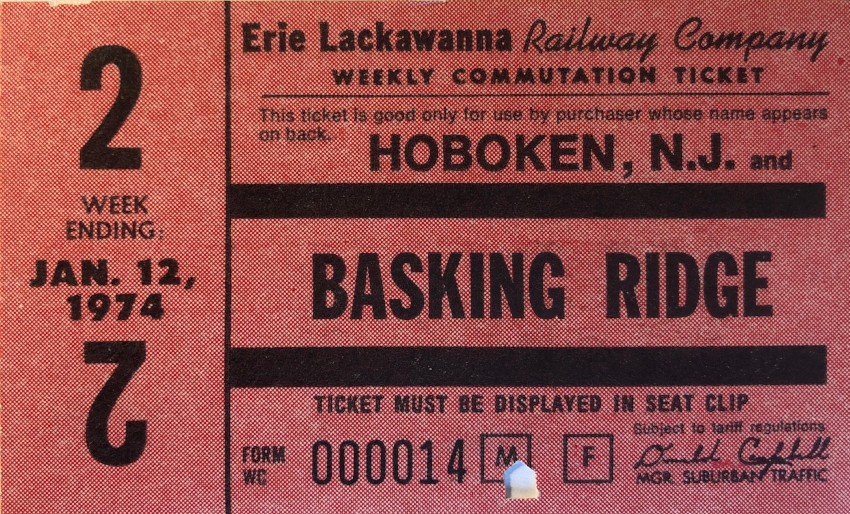
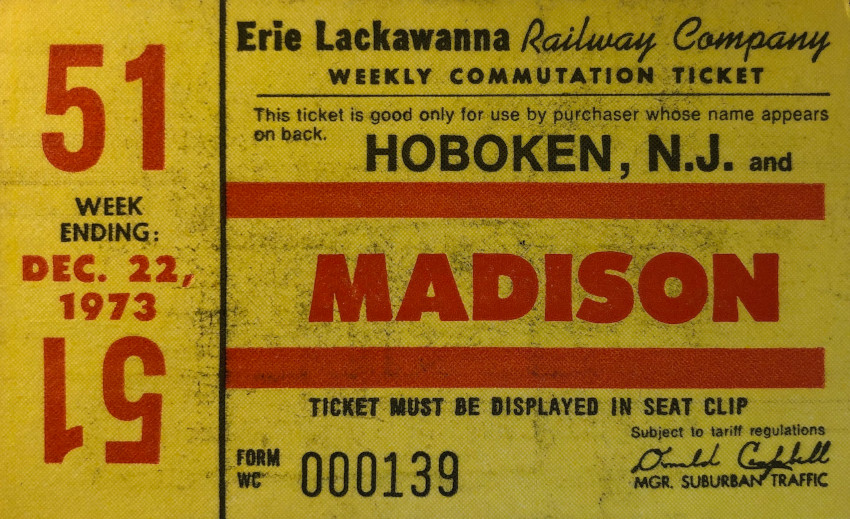
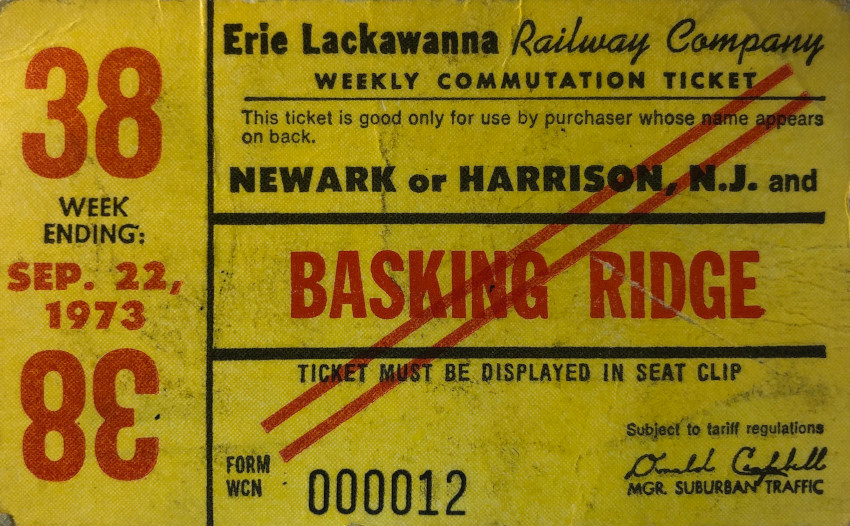
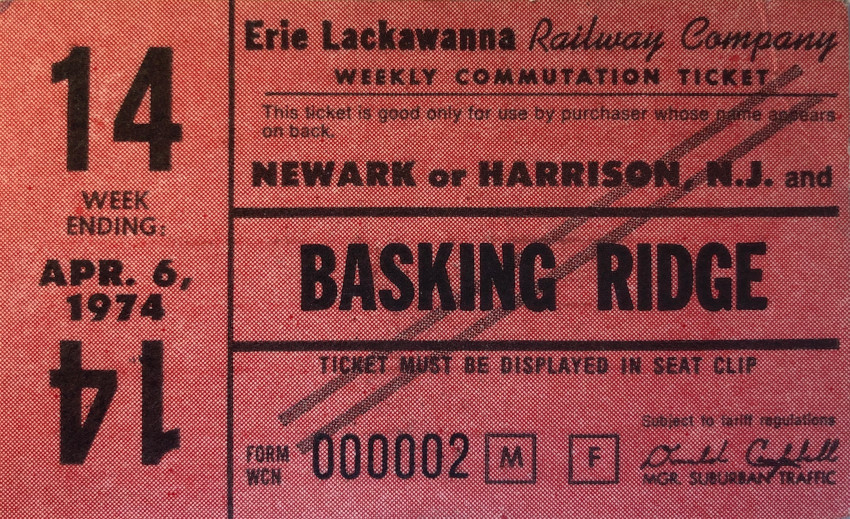
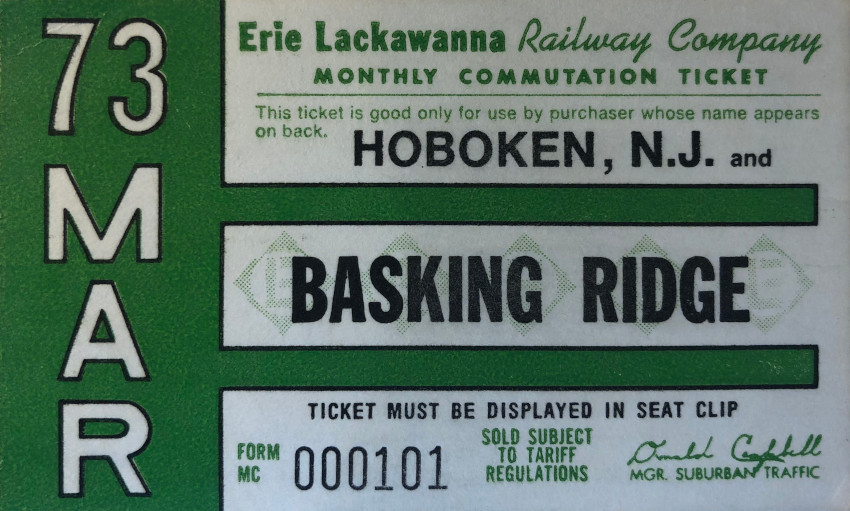
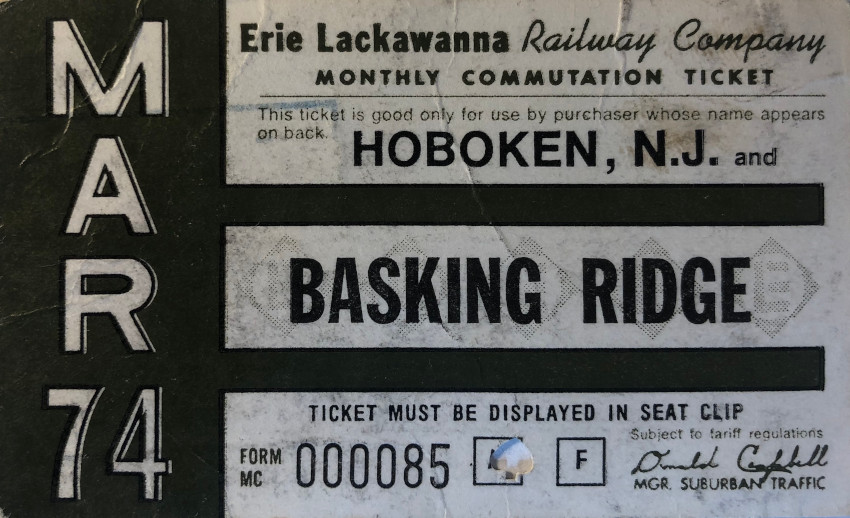
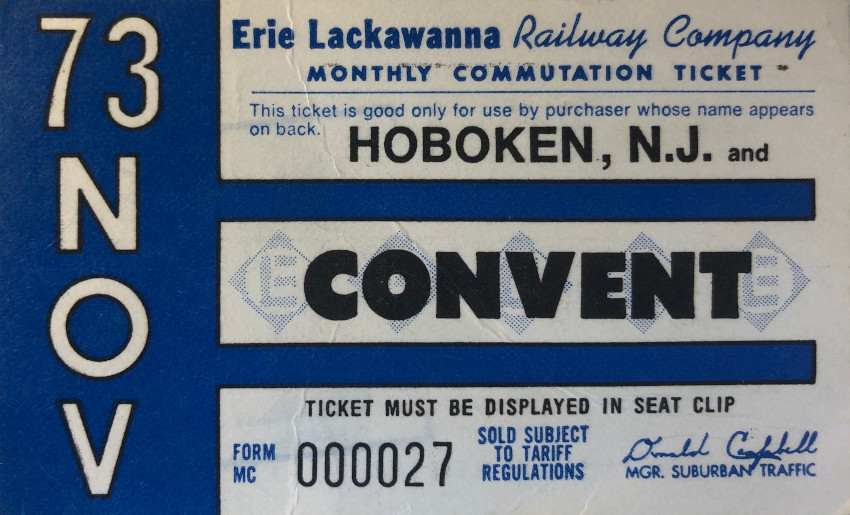
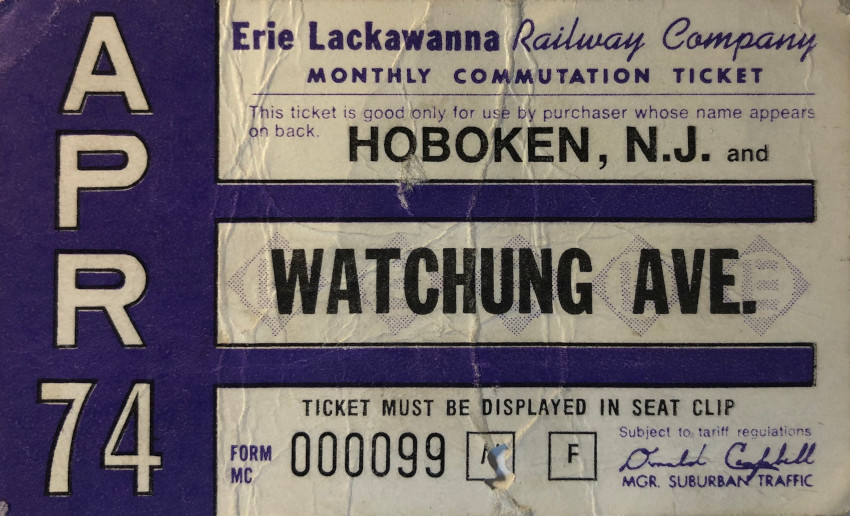
Area of transport
This map gives a basic representation of the railway lines of the Erie and Lackawanna railways.
